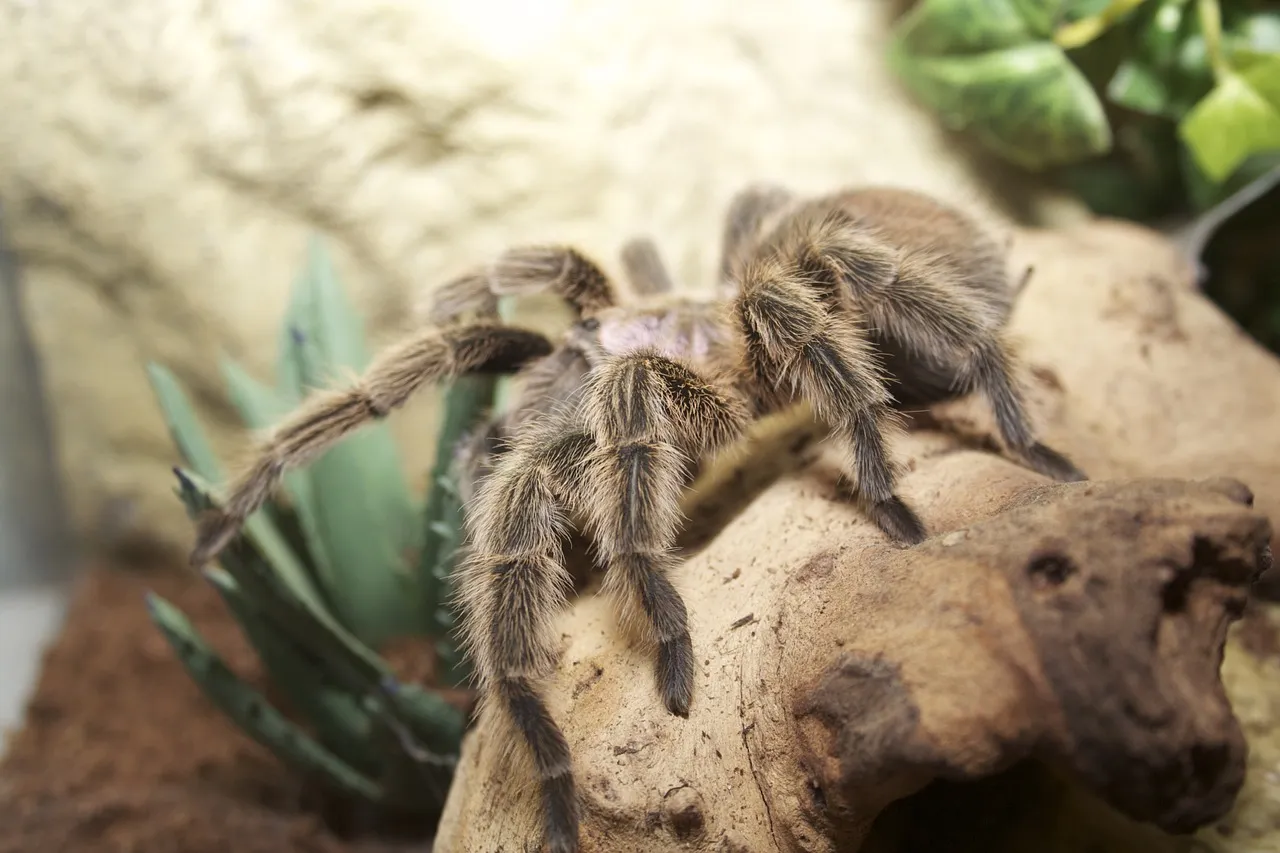Chilean Rose Tarantula: Top 5 Care Facts
The Chilean Rose Hair Tarantula, Grammostola rosea, is a popular choice for beginner tarantula keepers due to its docile nature and relatively straightforward care requirements. These captivating arachnids, native to the deserts of Chile, offer a fascinating glimpse into the world of invertebrates. Understanding their needs is crucial for providing a comfortable and enriching environment, ensuring a long and healthy life. This guide provides the top 5 facts to help you provide the best care for your Chilean Rose Hair Tarantula. From habitat setup to handling, we’ll cover essential aspects to ensure your tarantula thrives.
Habitat Requirements
Creating the right habitat is the cornerstone of proper Chilean Rose Tarantula care. A well-designed enclosure mimics their natural environment, providing the necessary conditions for their well-being. This involves considering factors like enclosure size, substrate, decor, and the maintenance of optimal temperature and humidity levels. A secure and appropriate habitat reduces stress and promotes healthy behaviors, allowing your tarantula to thrive in captivity. Let’s break down the key components to establish a thriving environment for your Chilean Rose Hair Tarantula.
Ideal Enclosure Size
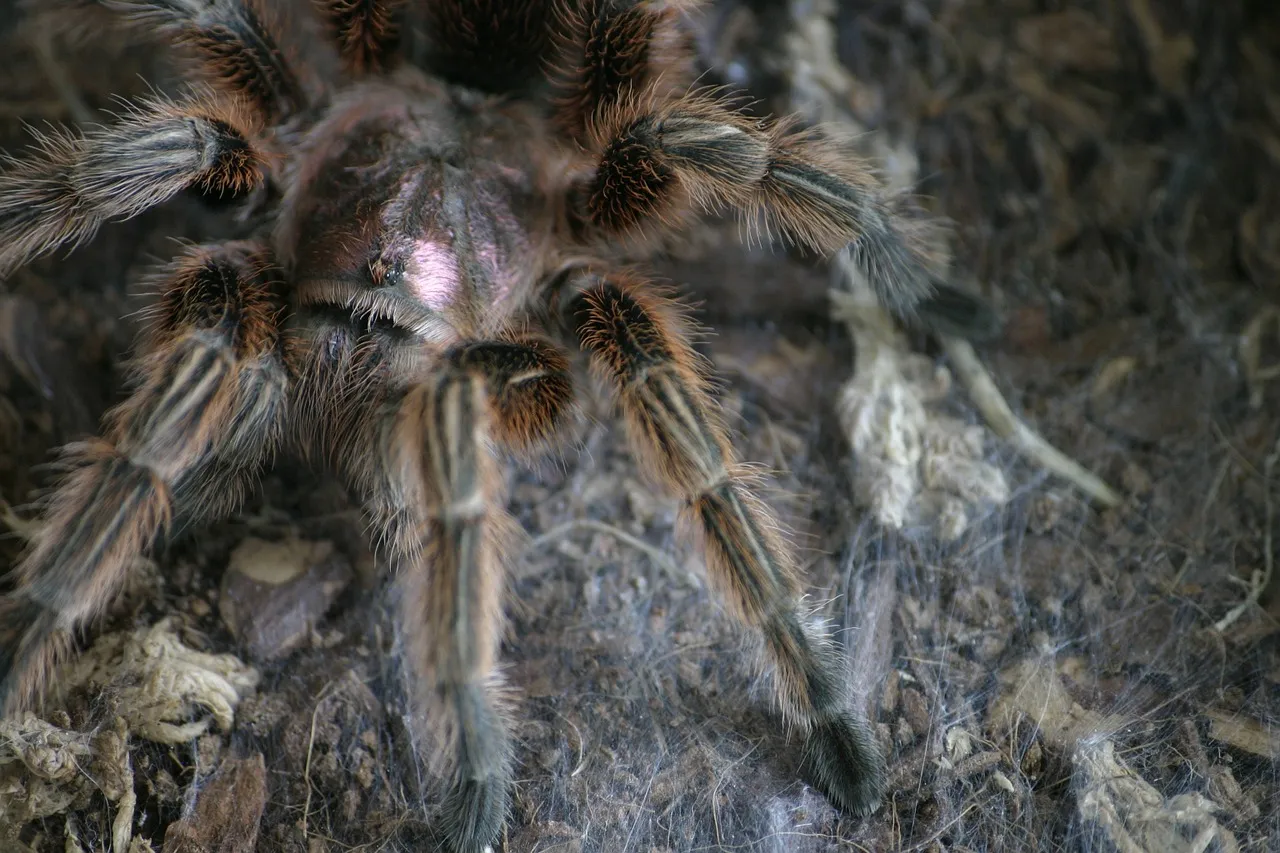
Choosing the right size enclosure is a critical aspect of Chilean Rose Hair Tarantula care. A terrarium that is too small can restrict movement and cause stress, while one that is excessively large might make it difficult for the tarantula to find food. For an adult Chilean Rose Hair Tarantula, a 10-gallon tank is often sufficient, providing ample space for movement and exploration. Ensure the enclosure has secure ventilation and a secure lid to prevent escapes. Consider the tarantula’s size when choosing the size; juveniles will need a smaller enclosure initially, which can be upgraded as they grow. The enclosure should be escape-proof to keep your tarantula safe, and also, to avoid any accidents. Always prioritize safety and a comfortable environment.
Substrate and Decor
The substrate, the material at the bottom of the enclosure, plays a vital role in maintaining humidity levels and providing a naturalistic environment. For Chilean Rose Hair Tarantulas, a substrate that holds moisture well is essential. Suitable options include a mix of coconut fiber, peat moss, or a commercial substrate blend specifically designed for tarantulas. The depth of the substrate should be sufficient to allow for burrowing, typically around 2-4 inches. Decorate the enclosure with elements that mimic their natural habitat. Cork bark, driftwood, and artificial plants offer hiding places and enrichment. Avoid sharp objects, and always ensure any decor is clean and non-toxic, to protect the tarantula from potential hazards. Regular spot cleaning of the substrate helps maintain a healthy environment.
Temperature and Humidity
Chilean Rose Hair Tarantulas thrive in a specific range of temperature and humidity. The ideal temperature is typically between 75-85°F (24-29°C). Maintaining this temperature can often be achieved with room temperature, but a small heat mat or a low-wattage heat lamp can be used if necessary. Humidity levels should be kept relatively low, around 60-70%. To monitor these levels, use a thermometer and a hygrometer. Humidity can be managed by misting the enclosure lightly every few days, ensuring the substrate remains slightly damp but not waterlogged. Proper ventilation is crucial to prevent mold and mildew, which can be detrimental to your tarantula’s health. Always observe your tarantula’s behavior and adjust the environmental conditions accordingly.
Feeding Your Tarantula
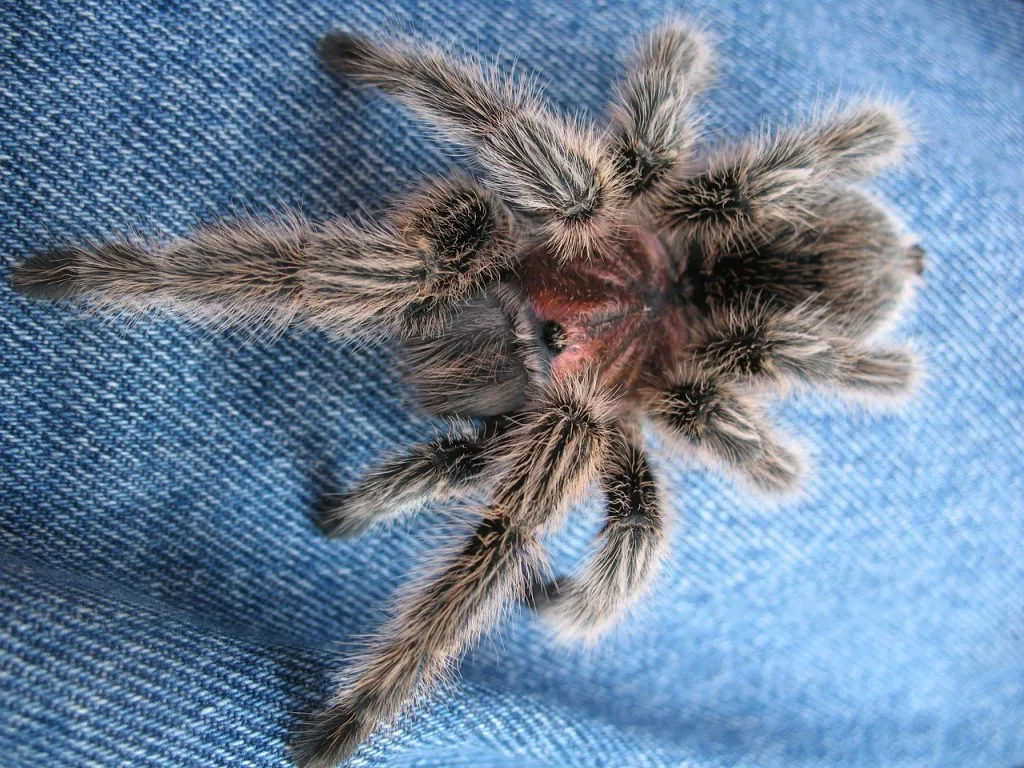
Proper nutrition is paramount to the health and longevity of your Chilean Rose Hair Tarantula. Providing a varied and appropriate diet ensures that the tarantula receives the necessary nutrients to grow and thrive. The type of food, the frequency of feeding, and the overall health of the food source are all significant factors to consider. Regular feeding, combined with a balanced diet, supports healthy growth and proper molting cycles. Let’s explore the best feeding practices.
What to Feed
The primary diet of a Chilean Rose Hair Tarantula consists of live insects. Crickets, mealworms, and roaches are all readily available and provide essential protein and nutrients. The size of the food should be appropriate for the tarantula’s size; juveniles should be fed smaller prey, while adults can handle larger insects. Always ensure that the insects are healthy and free from pesticides, as these can be harmful to your tarantula. Gut-loading the insects before feeding them to your tarantula is another effective practice to enhance the nutritional value of the meal. Gut-loading involves feeding the insects a nutritious diet a day or two before offering them to the tarantula.
Feeding Frequency
The feeding frequency will vary depending on the tarantula’s age and size. Spiderlings and juvenile tarantulas typically need to be fed more frequently, about twice a week. Adult Chilean Rose Hair Tarantulas can be fed once every 1-2 weeks. Observe your tarantula’s abdomen size; if it appears plump, it is likely well-fed. Avoid overfeeding, as this can cause stress and potentially lead to health issues. Remove any uneaten insects within 24 hours to prevent them from bothering the tarantula or causing injuries during a molt. Adjust the feeding schedule based on the tarantula’s appetite and activity levels. Always provide fresh water, even when the tarantula isn’t eating.
Watering Your Tarantula
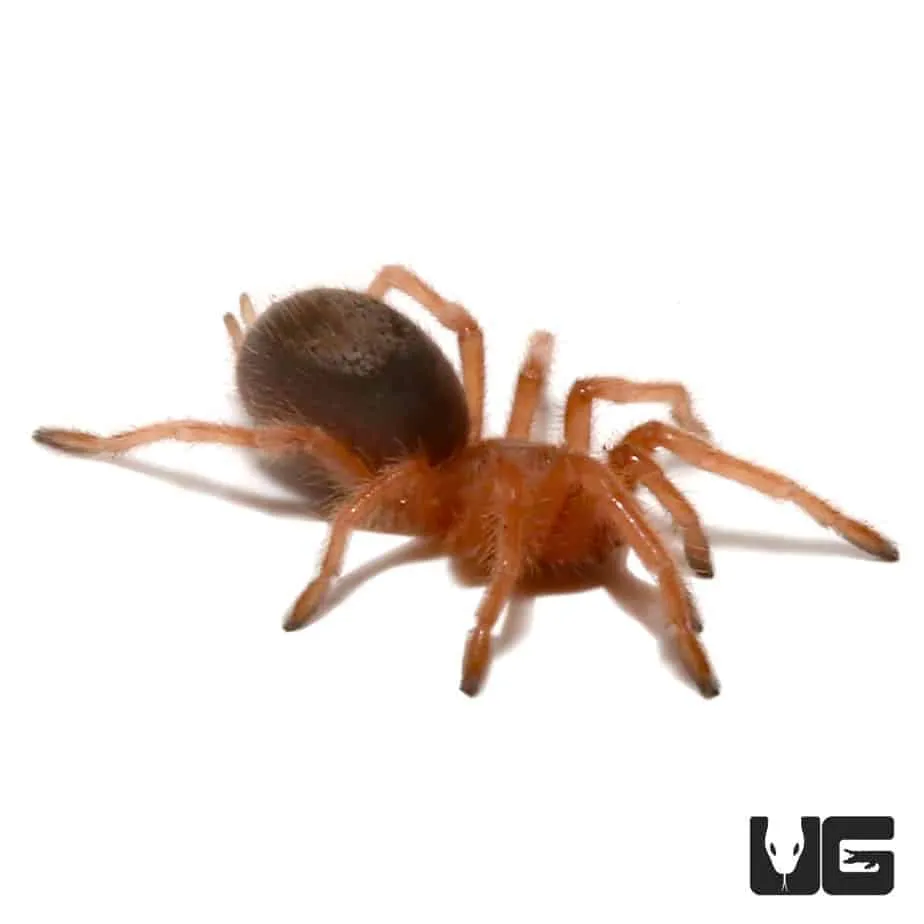
Providing fresh water is critical for the survival and well-being of your Chilean Rose Hair Tarantula. Tarantulas need access to clean water to stay hydrated, especially in a dry environment. The water source must be accessible and should be kept clean. Regular water provision contributes significantly to the tarantula’s health and supports its overall vitality. Here are the key aspects of watering your tarantula.
Water Bowl and Maintenance
A shallow water dish, such as a bottle cap or a small, stable bowl, should always be available in the enclosure. The dish should be shallow enough to prevent the tarantula from drowning, particularly for smaller specimens. Change the water regularly, ideally every 1-2 days, to ensure it remains clean and free of debris. Using distilled or dechlorinated water is recommended to avoid any potential contaminants that could harm the tarantula. Clean the water dish during each water change with a mild soap and ensure all soap is removed to prevent any potential danger. Regular maintenance of the water source, combined with the proper substrate moisture, ensures your tarantula stays hydrated.
Handling and Interaction
While Chilean Rose Hair Tarantulas are known for their docile nature, handling them should be approached with caution and respect. Overhandling can be stressful for the tarantula and may even lead to injury. The safety of both the tarantula and the handler is paramount, so understanding the proper practices is essential. Proper handling and interaction ensure a positive experience for both the owner and the tarantula. Let’s consider the essential aspects of safe interaction.
Safe Handling Practices
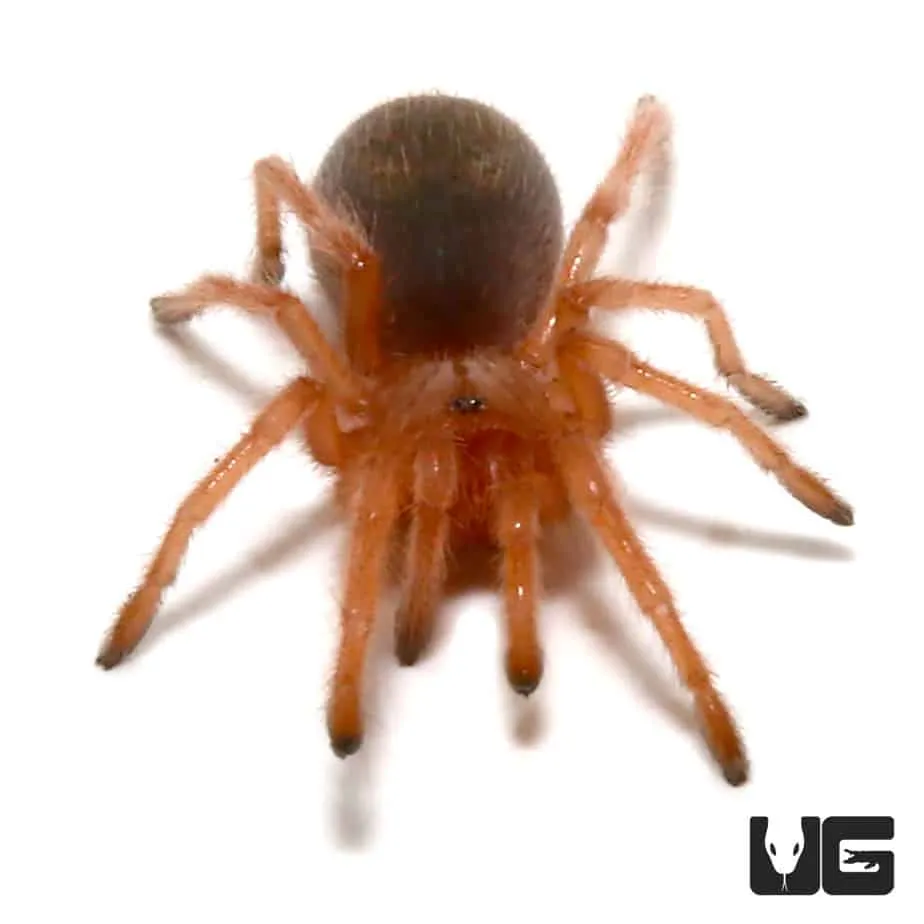
If you choose to handle your Chilean Rose Hair Tarantula, do so with care. Avoid handling your tarantula if it appears stressed, as indicated by defensive postures, such as raising its front legs or flicking hairs. Always handle your tarantula over a soft surface, like a bed or a carpet, in case it falls. Avoid sudden movements and be mindful of the tarantula’s movements. Wash your hands thoroughly before and after handling your tarantula, to remove any potential hazards. Remember that although they are not typically aggressive, tarantulas can bite if they feel threatened. Respecting their boundaries and practicing safe handling ensures a positive interaction.
Understanding Tarantula Behavior
Understanding your tarantula’s behavior is key to responsible ownership. Recognize the signs of stress, such as defensive postures or fleeing. Observe its eating habits, activity levels, and molting cycles to identify any health issues. Recognize that, in general, these tarantulas are not social creatures and do not require any companionship. If the tarantula is acting unusual, you should ensure its enclosure is optimal, and then contact a veterinarian. Remember that each tarantula has its own personality, so getting to know your pet is the best way to provide the best care and to enjoy your experience as an owner.
Health and Lifespan
Knowing the common health issues and the typical lifespan of a Chilean Rose Hair Tarantula allows you to proactively address potential problems and ensure your pet enjoys a long and fulfilling life. Proper care directly affects the tarantula’s well-being. Understanding their general health patterns enhances your capacity to care for them effectively. Let’s discover the important aspects to consider.
Common Health Issues
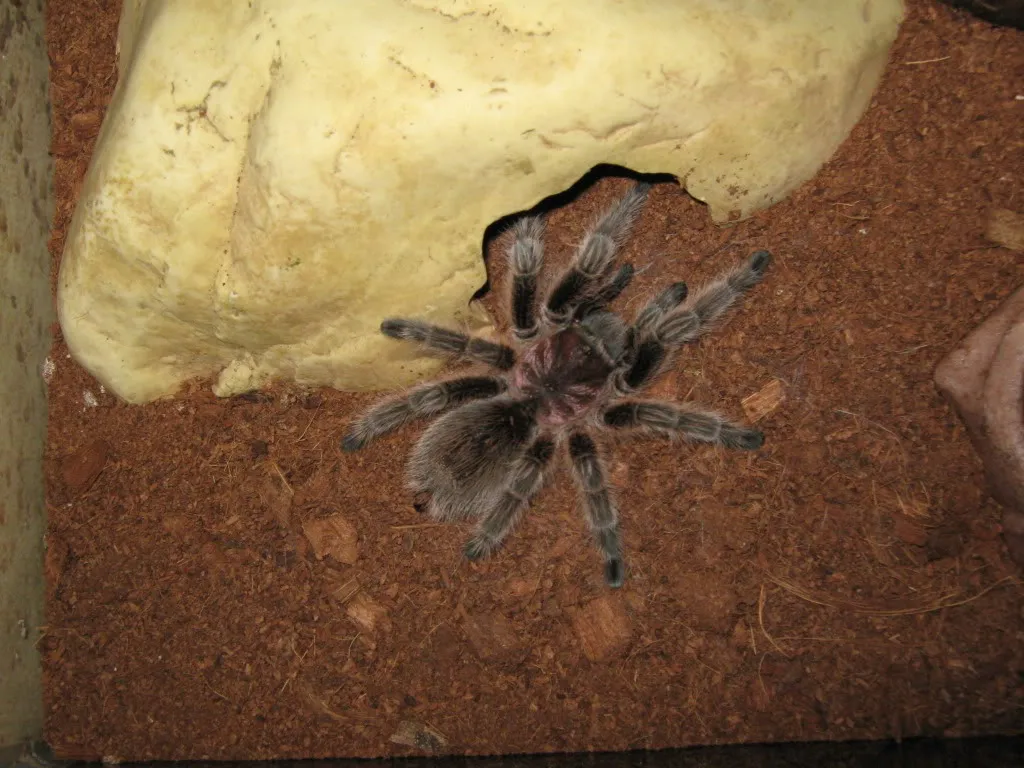
Chilean Rose Hair Tarantulas are generally hardy, but they can be susceptible to certain health issues. Dehydration is a common issue, which is why providing a clean water source is crucial. Parasites, like mites, can also be a problem; inspect your tarantula regularly for any signs of infestation. Improper molting can be another potential concern; ensure the enclosure has adequate humidity and a safe environment for molting. If you observe any unusual behaviors, such as lethargy, loss of appetite, or changes in appearance, it’s important to consult with an experienced tarantula keeper or a veterinarian knowledgeable about invertebrates.
Lifespan Expectations
The lifespan of a Chilean Rose Hair Tarantula varies, but typically females can live for 15-20 years or even longer. Males, on the other hand, have a shorter lifespan, usually only living for 5-10 years. Proper care, including appropriate habitat, feeding, and handling, significantly contributes to a longer lifespan. Regular observation and addressing any health concerns will ensure that your tarantula enjoys a long and healthy life, enriching your ownership experience. Providing the best environment possible offers the opportunity to enjoy these fascinating creatures for many years to come.
Caring for a Chilean Rose Hair Tarantula can be a rewarding experience. By understanding their needs and providing a suitable environment, you can ensure your pet thrives. From setting up the enclosure to handling and addressing potential health issues, following these top 5 care facts is essential. Enjoy the journey of owning these amazing creatures, and always continue learning about their specific needs.
